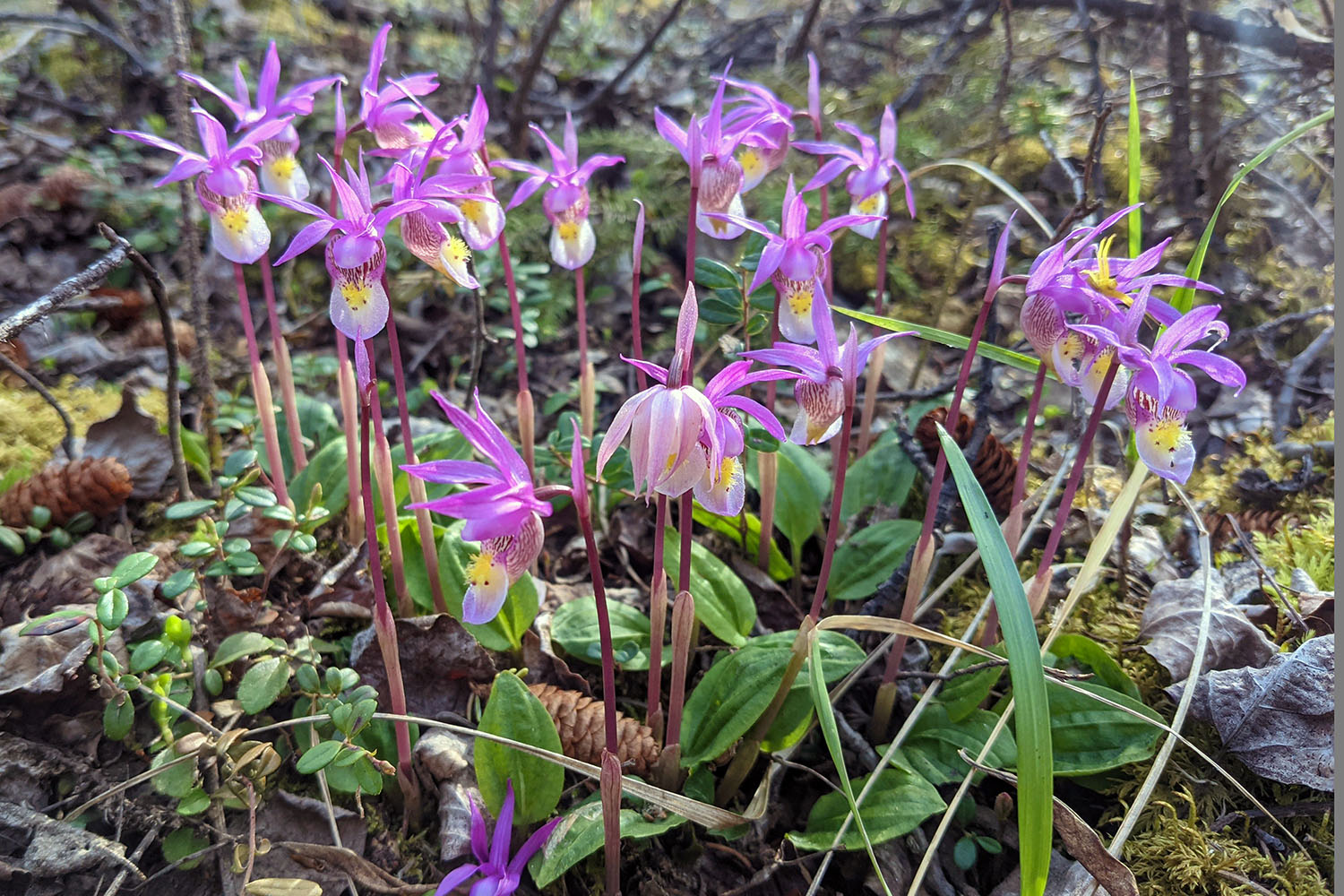We’re pleased to welcome a new addition to our growing family of interactive online biodiversity reports. Status of Land Cover and Biodiversity in Norbord Inc.’s Operating Areas examines the status of species, habitat, and human footprint in regions of northwestern Alberta. It gives a snapshot of the current state of land cover and biodiversity in the area that can be used as a baseline against which to measure long-term forest health.
Norbord Inc.’s two main operating areas cover 50,181 km2 (over 7% of the province’s land base), spread across two landscapes in northwestern Alberta—mainly boreal forest in the northwest, and montane forests around Grande Prairie. Some of the report’s main findings include:
- Overall biodiversity intactness ranged from 85.8% in the southern operating area to 94.9% in the northern area. “Intactness” is a metric developed by the ABMI to reflect changes in species abundance due to habitat modification by human activities. This means that, on average, habitat suitability for biodiversity is high across Norbord’s operating areas, but is locally lower due to human activities.
- Biodiversity intactness for species associated with old deciduous and mixedwood forests—the species that are disproportionately impacted by forestry activities—ranged from 84.7% for old-forest birds in the south to 96.9% for old-forest vascular plants in the north.
- As of 2018, human footprint covered 8.8% and 30.6% of the northern and southern operating areas, respectively. Forestry was the largest source of human footprint, followed by the energy industry.
Results from this report add to the basis for addressing various questions of interest to Albertans, including which components of biodiversity are most sensitive to forestry activities, what the cumulative effects of resource development on biodiversity may be, and what approaches might help to minimize impacts.
With Norbord’s operating areas still relatively intact, there is an opportunity for land managers to make informed and deliberate choices to maintain or increase biodiversity intactness over time. As development continues to unfold in the region, open-access data collected by the ABMI can be used to track the status and trends of species and evaluate the effectiveness of forest management activities in maintaining regional biodiversity.
About the report:
Norbord (now owned by West Fraser) commissioned the ABMI to write and produce this report, under terms and conditions set by the ABMI, which include scientific independence and full control over the language and messaging. The report supports our mission to provide relevant, credible, and accessible scientific information on Alberta’s biodiversity to support natural resource and land use decision-making.

